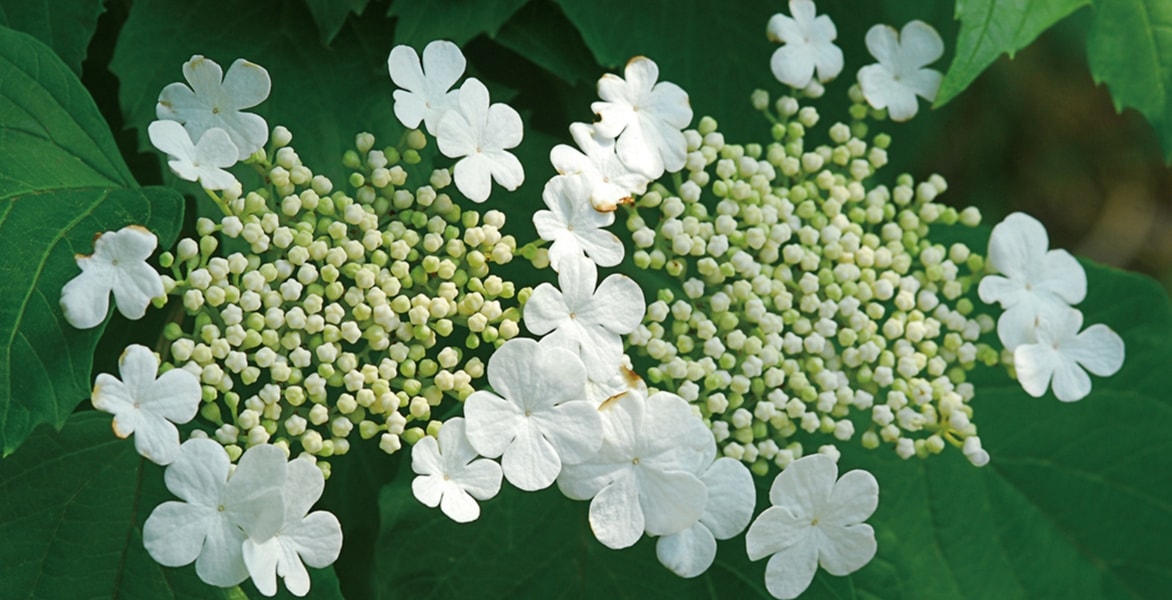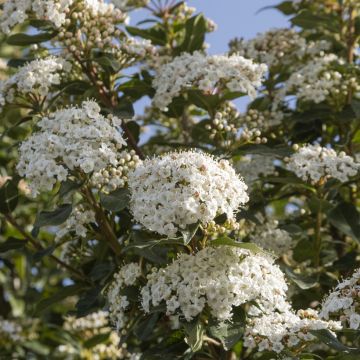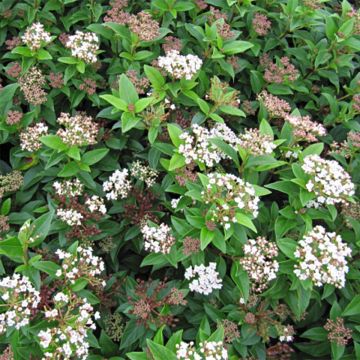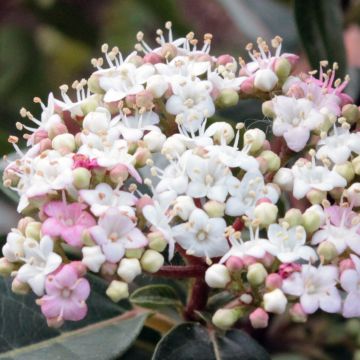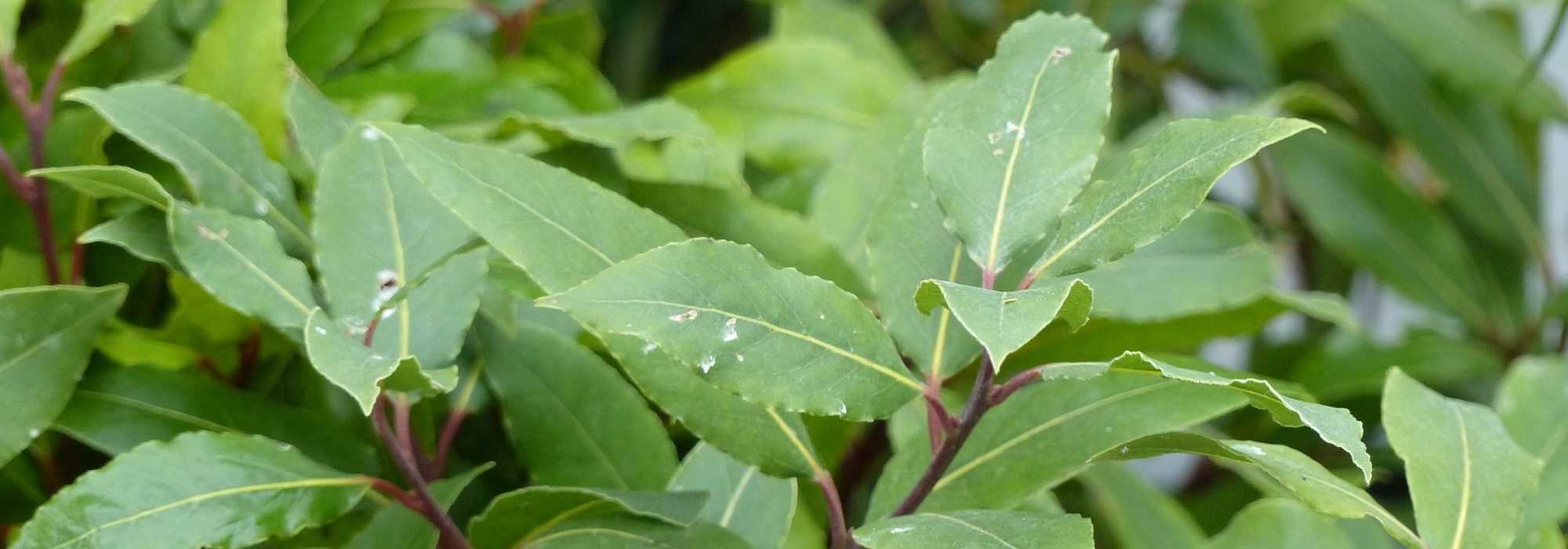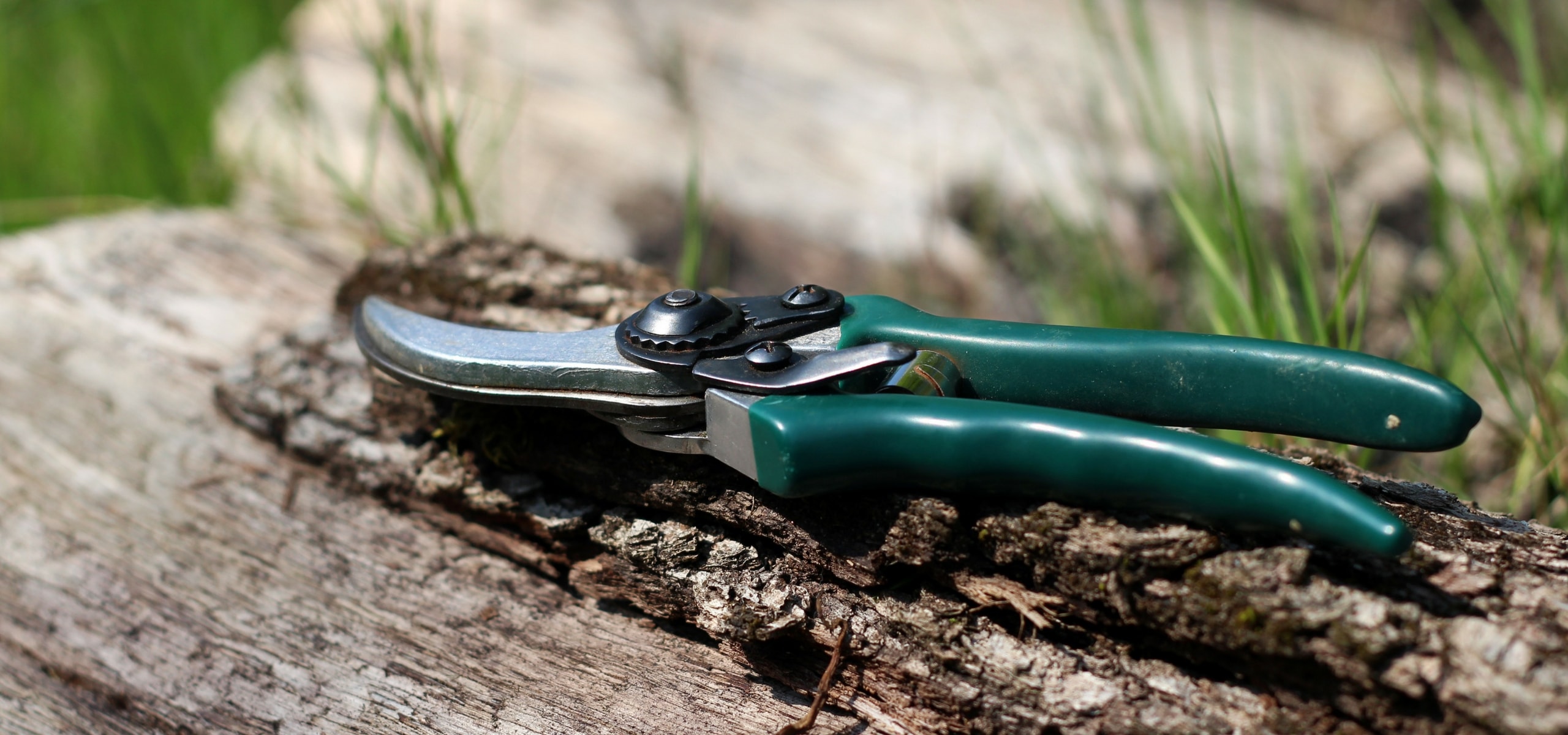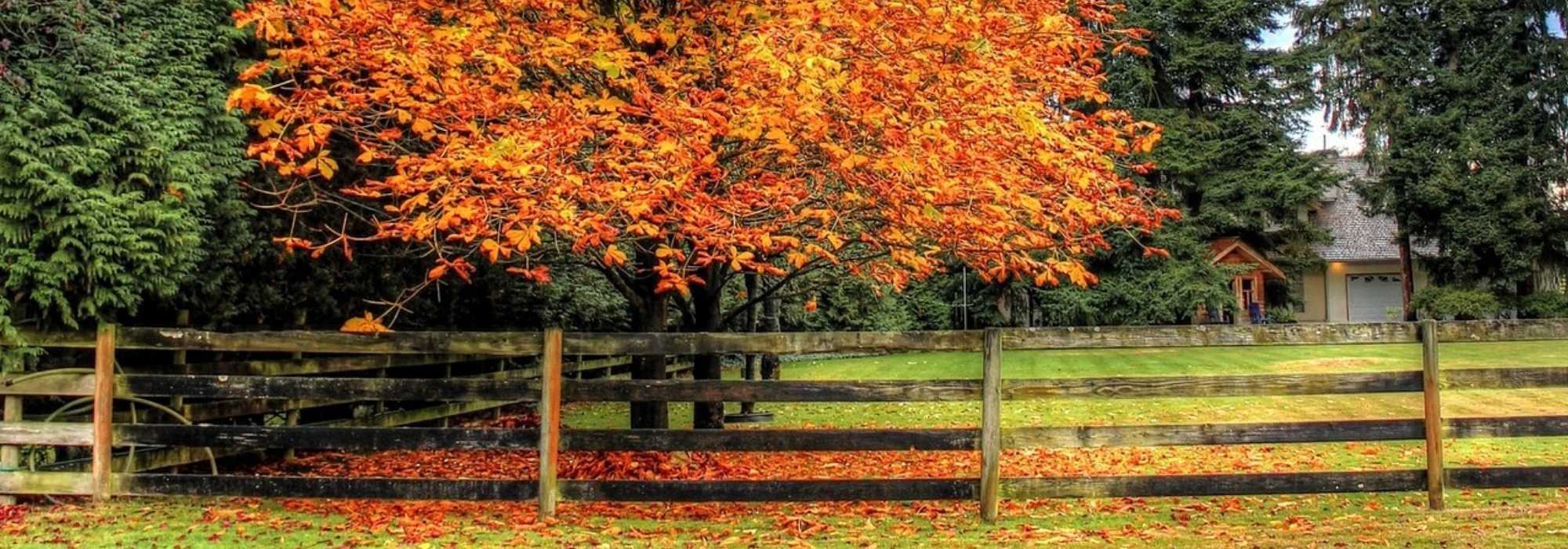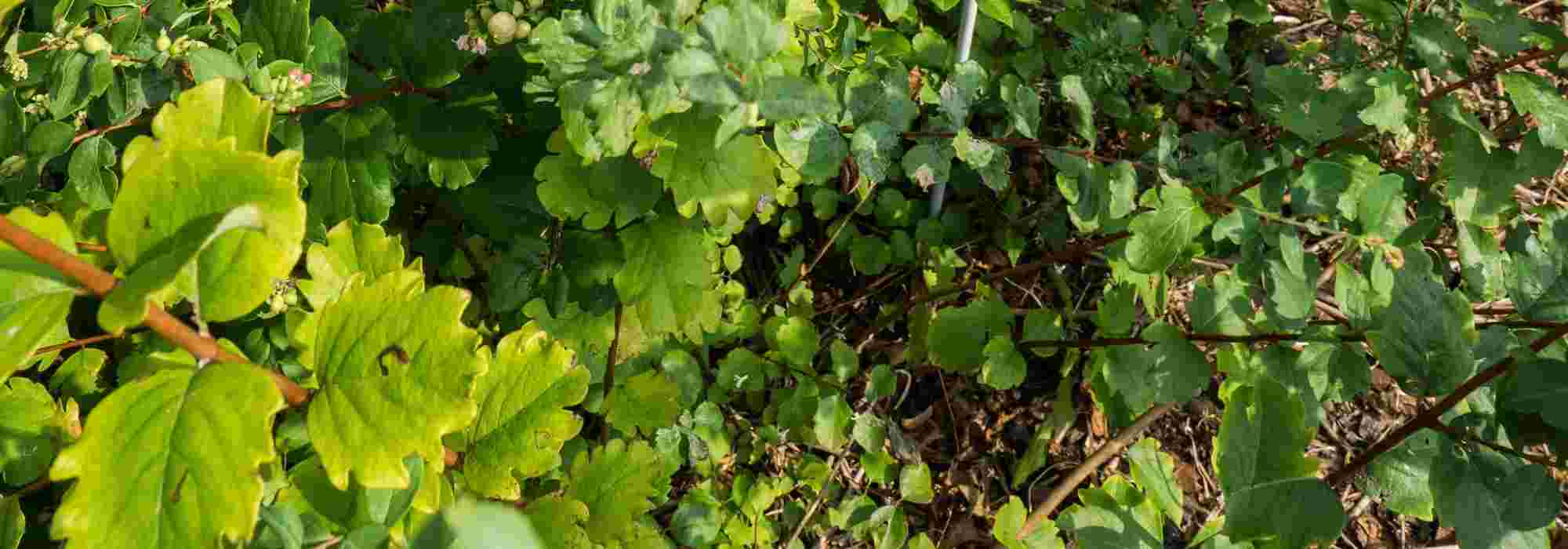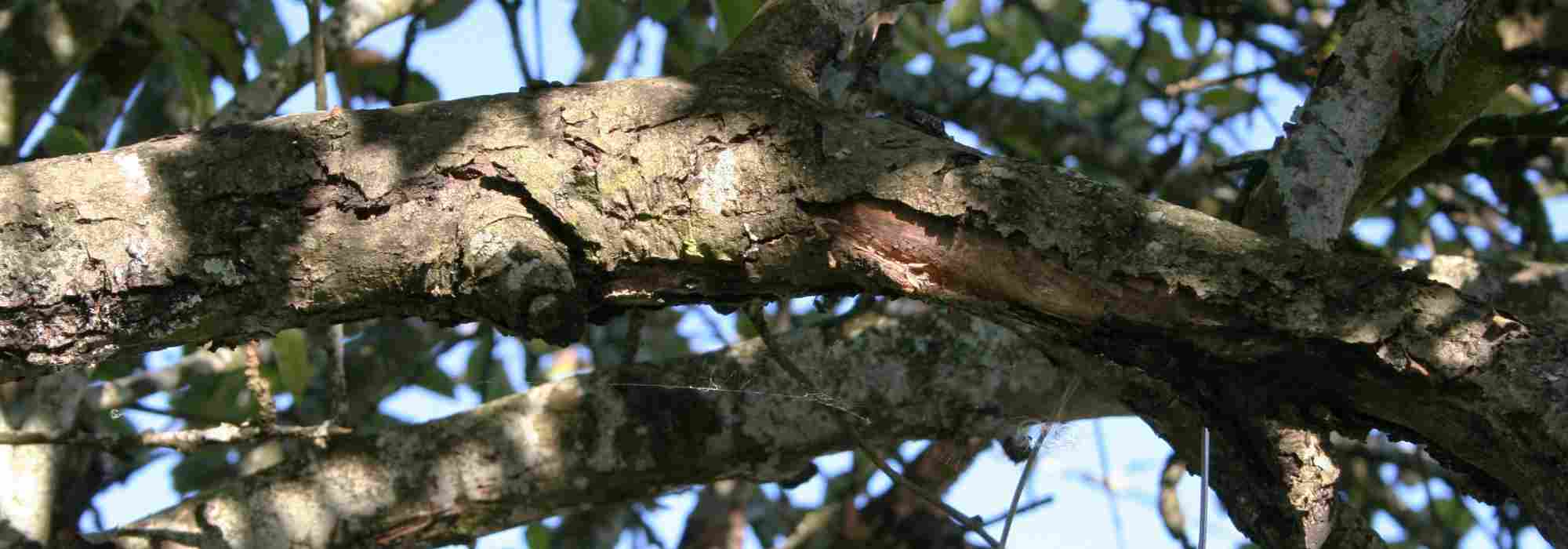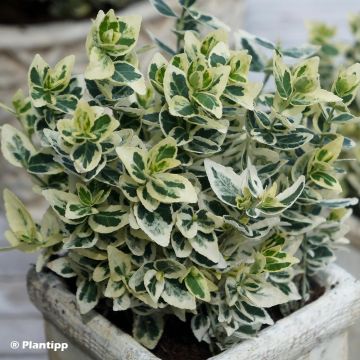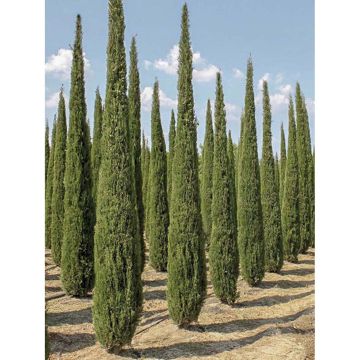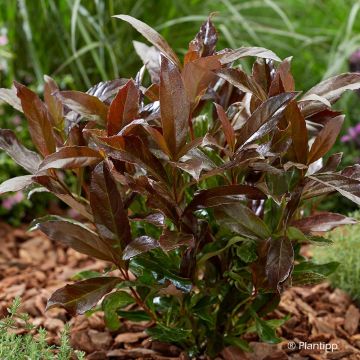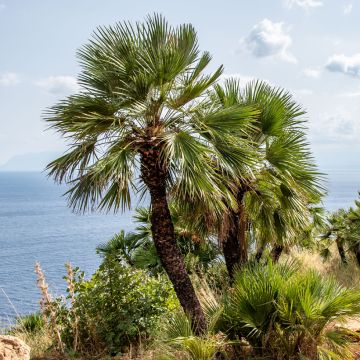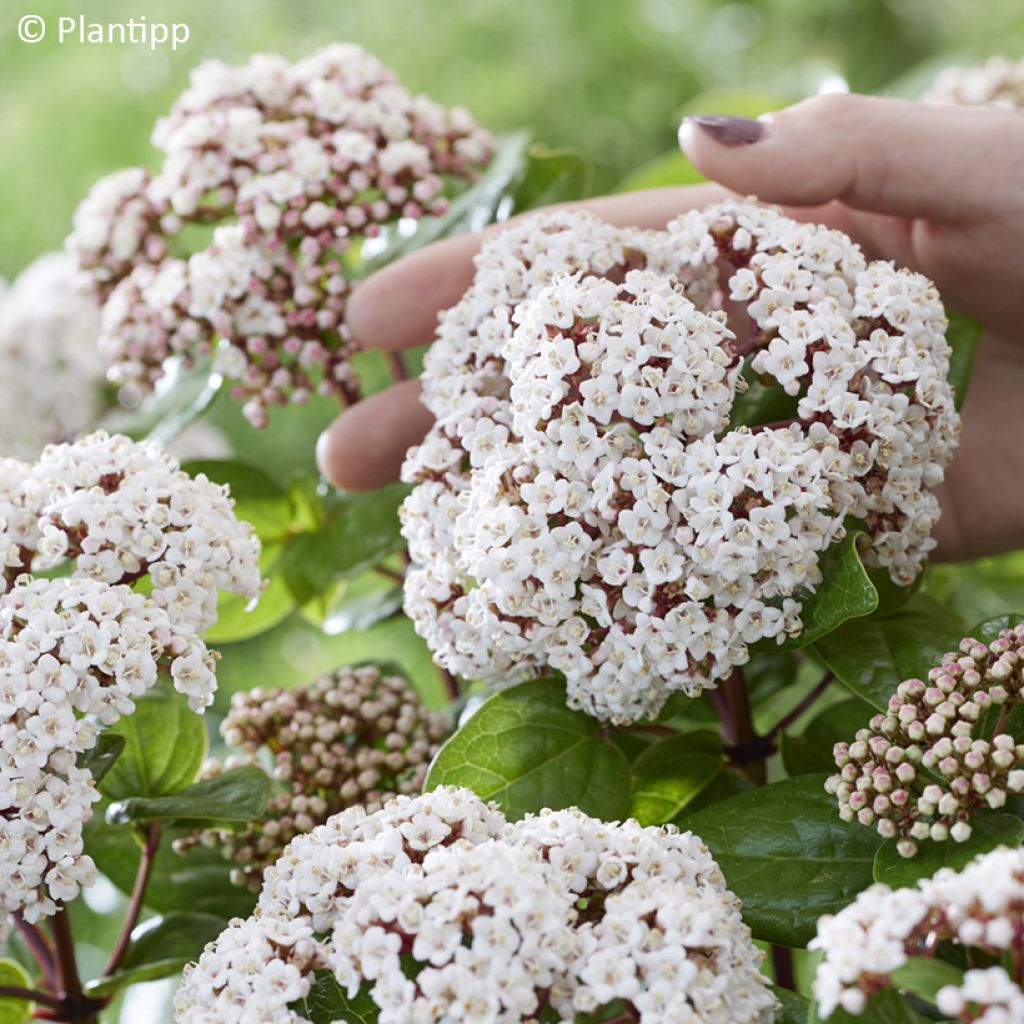

Viburnum tinus Rock'n Rolla
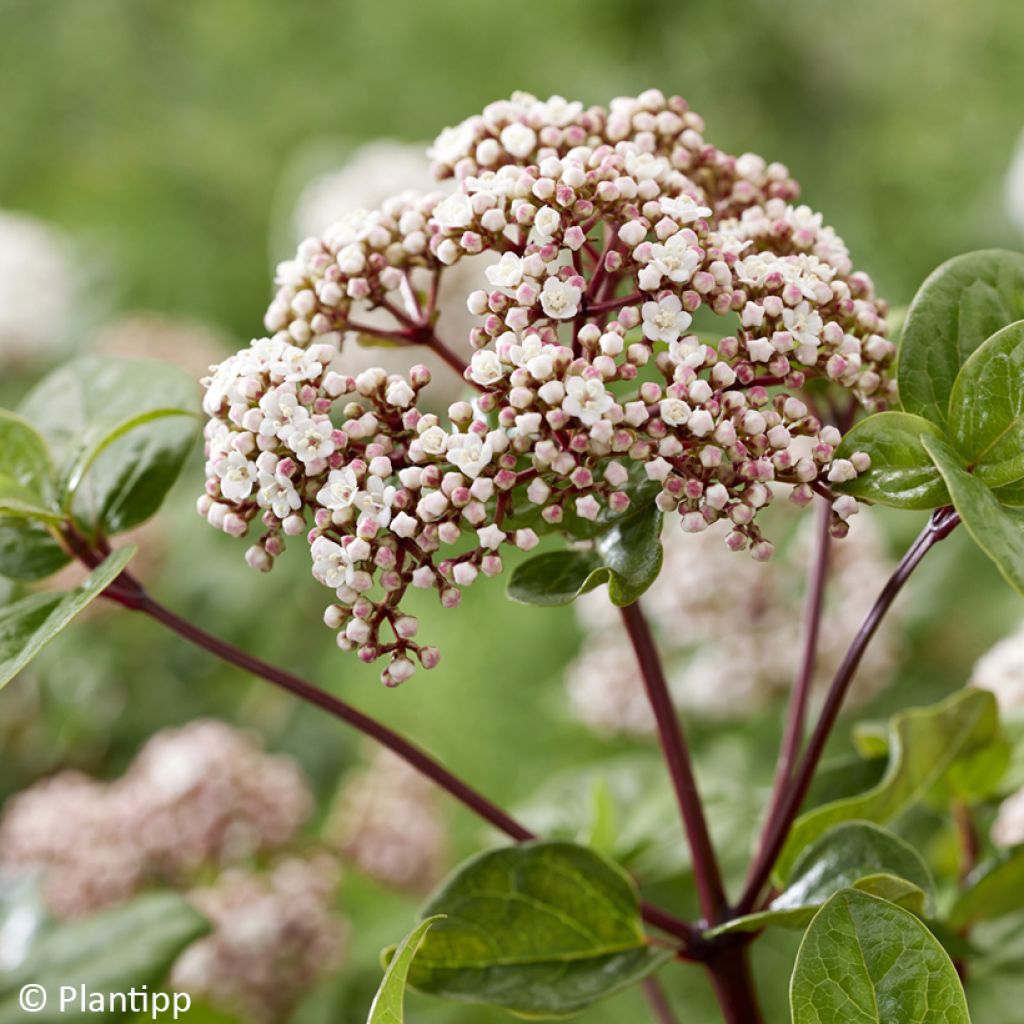

Viburnum tinus Rock'n Rolla
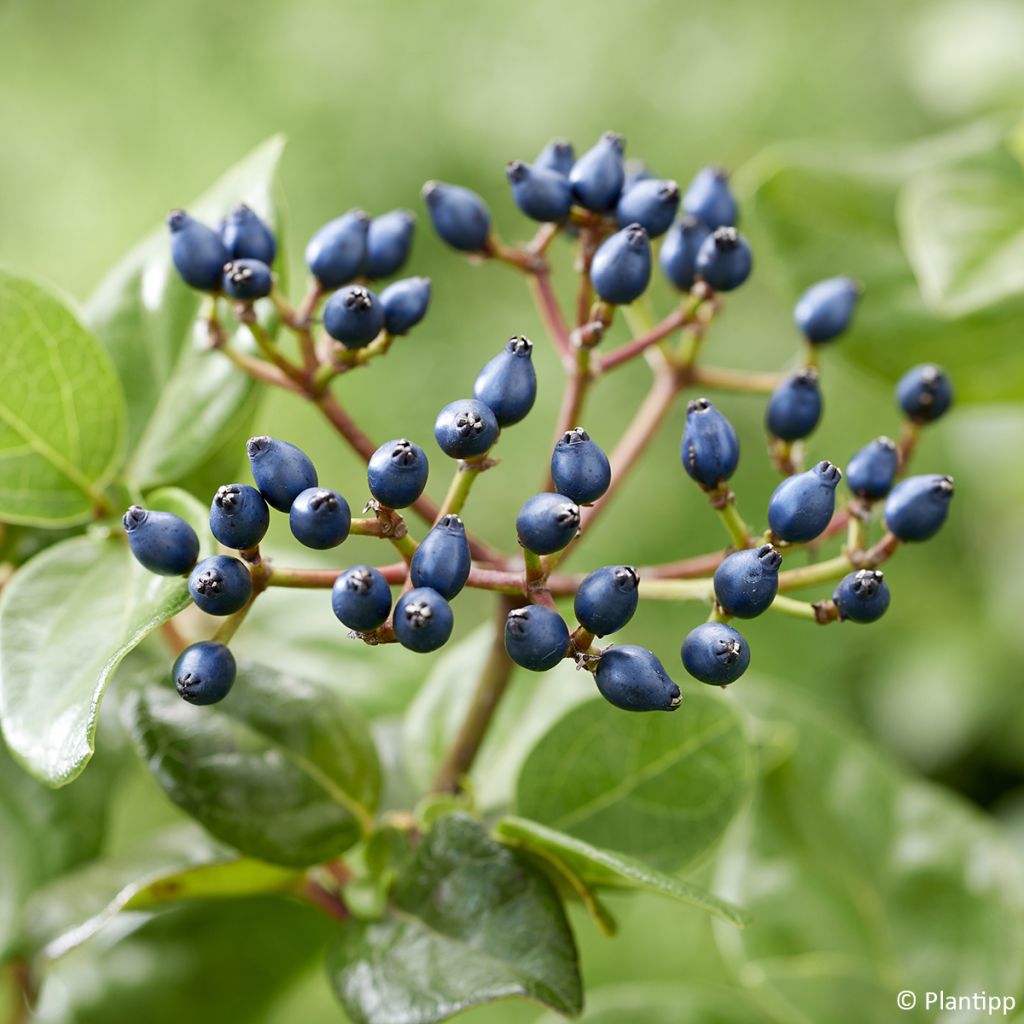

Viburnum tinus Rock'n Rolla
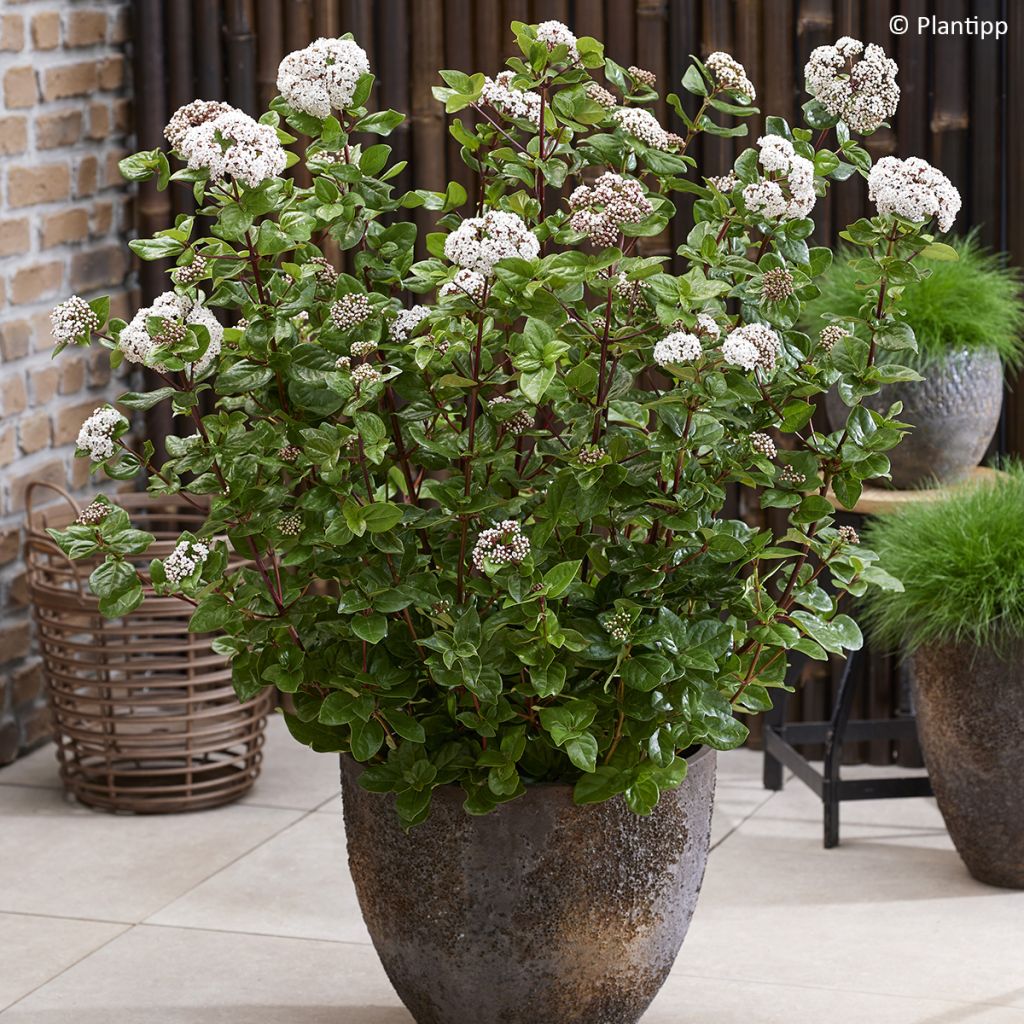

Viburnum tinus Rock'n Rolla
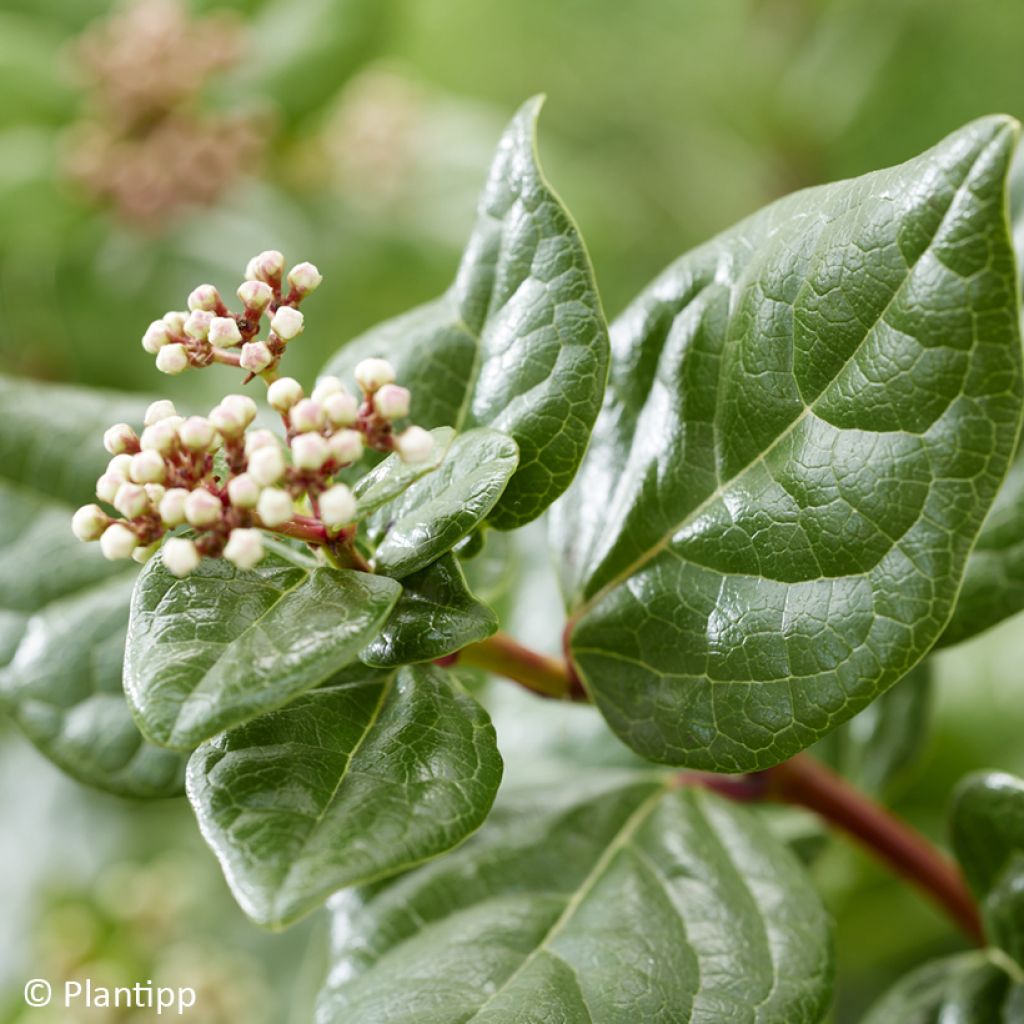

Viburnum tinus Rock'n Rolla
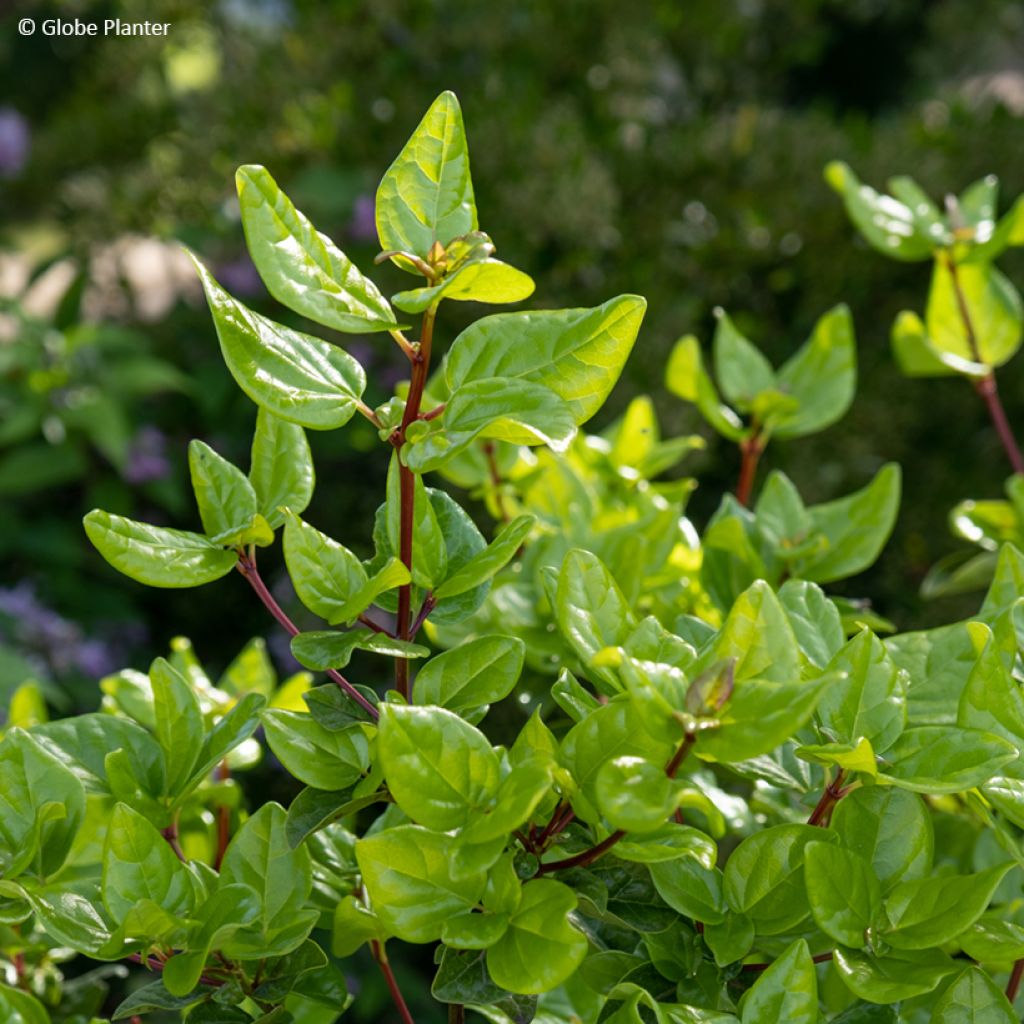

Viburnum tinus Rock'n Rolla
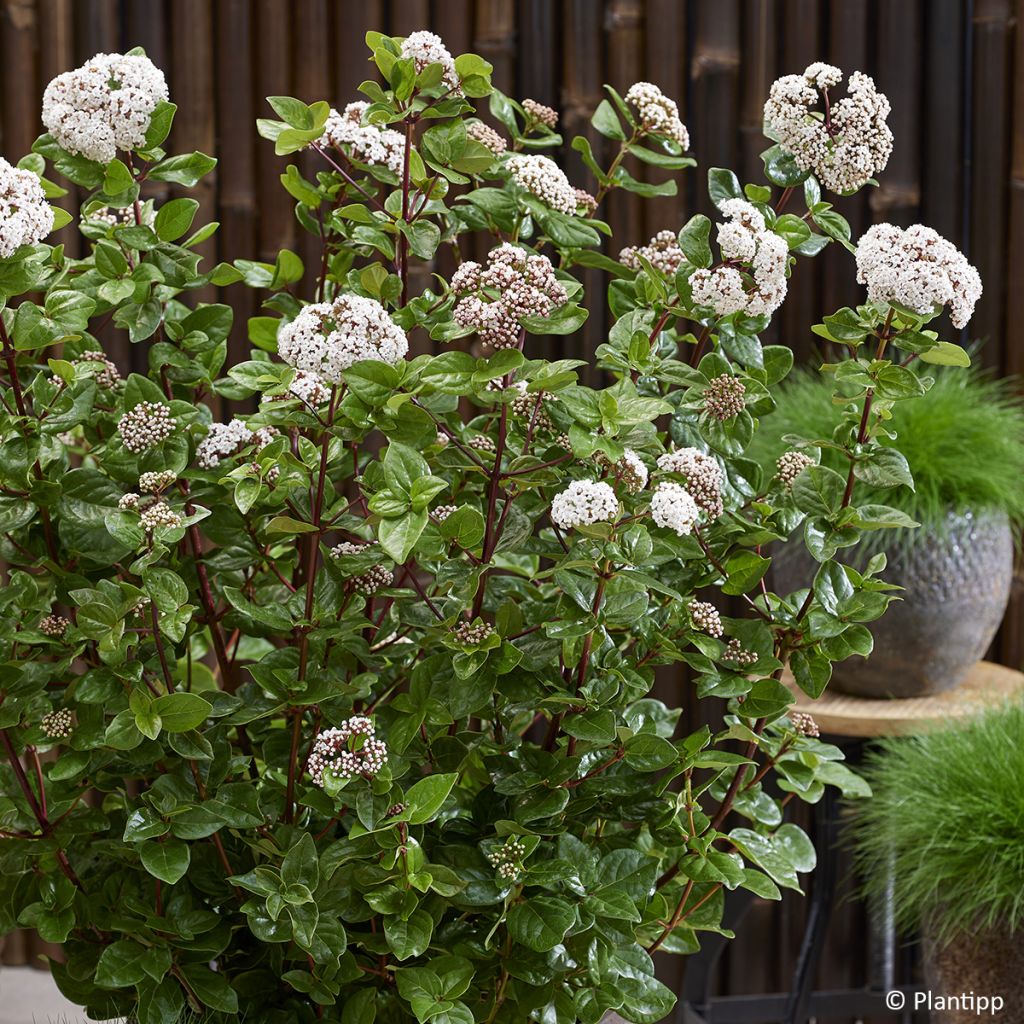

Viburnum tinus Rock'n Rolla
Viburnum tinus Rock'n Rolla
Viburnum tinus Rock'n Rolla®
Laurustinus
Special offer!
Receive a €20 voucher for any order over €90 (excluding delivery costs, credit notes, and plastic-free options)!
1- Add your favorite plants to your cart.
2- Once you have reached €90, confirm your order (you can even choose the delivery date!).
3- As soon as your order is shipped, you will receive an email containing your voucher code, valid for 3 months (90 days).
Your voucher is unique and can only be used once, for any order with a minimum value of €20, excluding delivery costs.
Can be combined with other current offers, non-divisible and non-refundable.
Home or relay delivery (depending on size and destination)
Schedule delivery date,
and select date in basket
This plant carries a 24 months recovery warranty
More information
We guarantee the quality of our plants for a full growing cycle, and will replace at our expense any plant that fails to recover under normal climatic and planting conditions.
Would this plant suit my garden?
Set up your Plantfit profile →
Description
Viburnum tinus Rock’n Rolla is a variety of laurustinus selected for its particularly compact habit, glossy green foliage with beautifully incurved leaves, and red stems. Ornamental all year round, this bush is equally suited to container growing or decorating small gardens. Its generous flowering takes the form of large panicles of white flowers, emerging from pretty pink buds. It also produces small decorative fruits in autumn. Ideal for terraces, balconies or house entrances, it adds an elegant and colourful touch, even in winter.
Viburnum tinus 'Rock’n Rolla' is a variety of laurustinus belonging to the Viburnaceae family. The Viburnum tinus species is native to the Mediterranean basin, where it grows naturally in woodland undergrowth, forest edges, garrigue and scrub vegetation.
Selected by Thijs Veldhuijzen and introduced in 2024 by Globe Planter (France) and Plantipp (Netherlands), the 'Rock’n Rolla' laurustinus has a bushy, compact and upright habit, reaching approximately 1.20 m in height and 0.70 m in width. Its reddish to reddish-brown stems bear glossy green foliage, slightly incurved, very different from usual varieties. The flowering period lasts from August-September to March-April, depending on the climate. It begins with the appearance of pink flower buds towards the end of the year. These later open into small white flowers which are lightly scented and highly attractive to bees. In autumn, the bush also produces ovoid metallic blue-black berries, measuring 4 to 5 mm long. Its fruits are eaten by birds, which disperse the seeds beneath perching trees. As an understorey bush, it tolerates root competition from other trees perfectly.
Low-maintenance Viburnum tinus 'Rock’n Rolla' tolerates all exposures, even shade, as well as dry or chalky soils. This evergreen bush is relatively cold-hardy, withstanding temperatures down to -15°C for short periods when mature. It adapts to a wide range of soils, provided they are not too wet or waterlogged in winter. It requires little care and is perfectly suited to container growing, beds or low hedges. Like Mexican orange blossoms, myrtles, Nandina and Mahonias, it is perfect for brightening up the garden or terrace during the shortest days of the year.
Viburnum tinus Rock'n Rolla in pictures


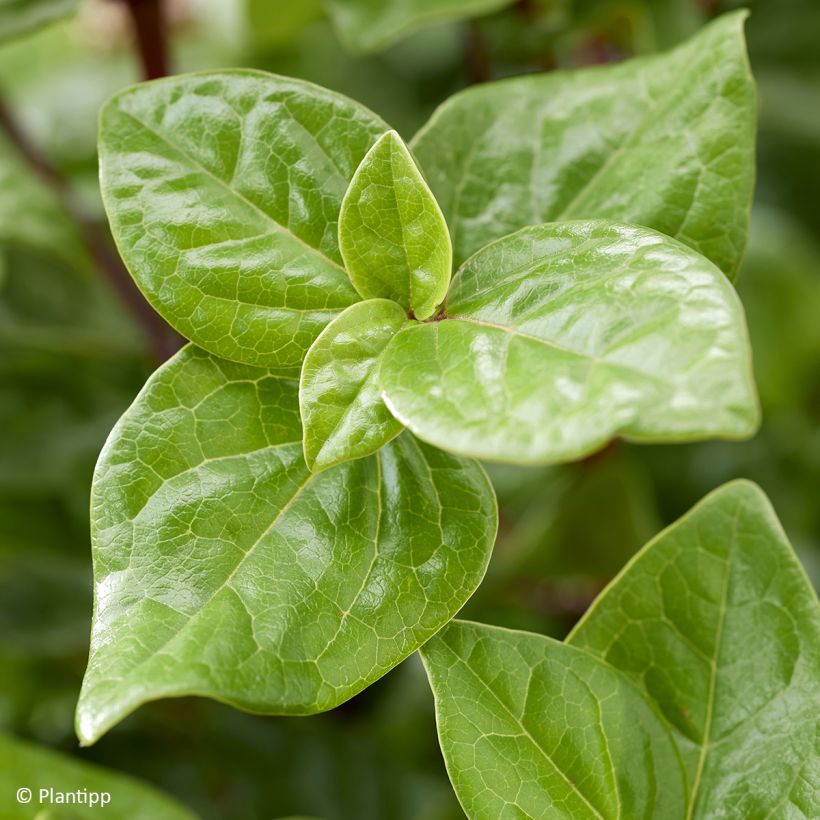

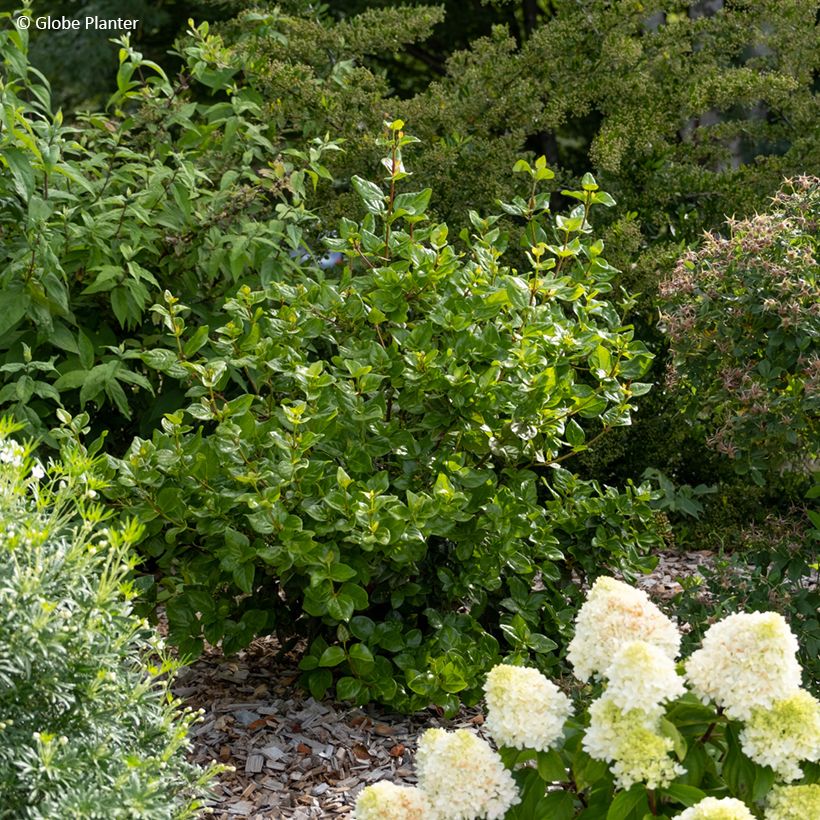

Plant habit
Flowering
Foliage
Botanical data
Viburnum
tinus
Rock'n Rolla®
Adoxaceae
Laurustinus
Cultivar or hybrid
Other Laurustinus (Viburnum tinus)
View all →Planting and care
Viburnum tinus Rock’n Rolla is a highly tolerant bush in terms of soil type and exposure. To encourage rooting, plant it in well-loosened soil. In warm climates, autumn planting is preferable; in colder regions, wait until spring. Once established, it can withstand temperatures down to -15°C in well-drained soil and no longer requires watering, even in summer. Young plants can be protected with winter fleece during the first harsh winters. It tolerates chalky, clayey, or slightly acidic soils, even compact and moist in winter, as long as it doesn’t freeze. It is easy to prune, suitable for hedges or topiary, and is not prone to parasites. Be aware, its seeds are often spread by birds: remember to remove any self-seeded plants.
In pots: choose a container at least 40 cm deep and wide, with drainage holes, and fill it with a mix of universal compost and garden soil. Water regularly, especially in summer, without letting the water stagnate.
Planting period
Intended location
Care
Planting & care advice
This item has not been reviewed yet - be the first to leave a review about it.
Similar products
Haven't found what you were looking for?
Hardiness is the lowest winter temperature a plant can endure without suffering serious damage or even dying. However, hardiness is affected by location (a sheltered area, such as a patio), protection (winter cover) and soil type (hardiness is improved by well-drained soil).

Photo Sharing Terms & Conditions
In order to encourage gardeners to interact and share their experiences, Promesse de fleurs offers various media enabling content to be uploaded onto its Site - in particular via the ‘Photo sharing’ module.
The User agrees to refrain from:
- Posting any content that is illegal, prejudicial, insulting, racist, inciteful to hatred, revisionist, contrary to public decency, that infringes on privacy or on the privacy rights of third parties, in particular the publicity rights of persons and goods, intellectual property rights, or the right to privacy.
- Submitting content on behalf of a third party;
- Impersonate the identity of a third party and/or publish any personal information about a third party;
In general, the User undertakes to refrain from any unethical behaviour.
All Content (in particular text, comments, files, images, photos, videos, creative works, etc.), which may be subject to property or intellectual property rights, image or other private rights, shall remain the property of the User, subject to the limited rights granted by the terms of the licence granted by Promesse de fleurs as stated below. Users are at liberty to publish or not to publish such Content on the Site, notably via the ‘Photo Sharing’ facility, and accept that this Content shall be made public and freely accessible, notably on the Internet.
Users further acknowledge, undertake to have ,and guarantee that they hold all necessary rights and permissions to publish such material on the Site, in particular with regard to the legislation in force pertaining to any privacy, property, intellectual property, image, or contractual rights, or rights of any other nature. By publishing such Content on the Site, Users acknowledge accepting full liability as publishers of the Content within the meaning of the law, and grant Promesse de fleurs, free of charge, an inclusive, worldwide licence for the said Content for the entire duration of its publication, including all reproduction, representation, up/downloading, displaying, performing, transmission, and storage rights.
Users also grant permission for their name to be linked to the Content and accept that this link may not always be made available.
By engaging in posting material, Users consent to their Content becoming automatically accessible on the Internet, in particular on other sites and/or blogs and/or web pages of the Promesse de fleurs site, including in particular social pages and the Promesse de fleurs catalogue.
Users may secure the removal of entrusted content free of charge by issuing a simple request via our contact form.
The flowering period indicated on our website applies to countries and regions located in USDA zone 8 (France, the United Kingdom, Ireland, the Netherlands, etc.)
It will vary according to where you live:
- In zones 9 to 10 (Italy, Spain, Greece, etc.), flowering will occur about 2 to 4 weeks earlier.
- In zones 6 to 7 (Germany, Poland, Slovenia, and lower mountainous regions), flowering will be delayed by 2 to 3 weeks.
- In zone 5 (Central Europe, Scandinavia), blooming will be delayed by 3 to 5 weeks.
In temperate climates, pruning of spring-flowering shrubs (forsythia, spireas, etc.) should be done just after flowering.
Pruning of summer-flowering shrubs (Indian Lilac, Perovskia, etc.) can be done in winter or spring.
In cold regions as well as with frost-sensitive plants, avoid pruning too early when severe frosts may still occur.
The planting period indicated on our website applies to countries and regions located in USDA zone 8 (France, United Kingdom, Ireland, Netherlands).
It will vary according to where you live:
- In Mediterranean zones (Marseille, Madrid, Milan, etc.), autumn and winter are the best planting periods.
- In continental zones (Strasbourg, Munich, Vienna, etc.), delay planting by 2 to 3 weeks in spring and bring it forward by 2 to 4 weeks in autumn.
- In mountainous regions (the Alps, Pyrenees, Carpathians, etc.), it is best to plant in late spring (May-June) or late summer (August-September).
The harvesting period indicated on our website applies to countries and regions in USDA zone 8 (France, England, Ireland, the Netherlands).
In colder areas (Scandinavia, Poland, Austria...) fruit and vegetable harvests are likely to be delayed by 3-4 weeks.
In warmer areas (Italy, Spain, Greece, etc.), harvesting will probably take place earlier, depending on weather conditions.
The sowing periods indicated on our website apply to countries and regions within USDA Zone 8 (France, UK, Ireland, Netherlands).
In colder areas (Scandinavia, Poland, Austria...), delay any outdoor sowing by 3-4 weeks, or sow under glass.
In warmer climes (Italy, Spain, Greece, etc.), bring outdoor sowing forward by a few weeks.


































